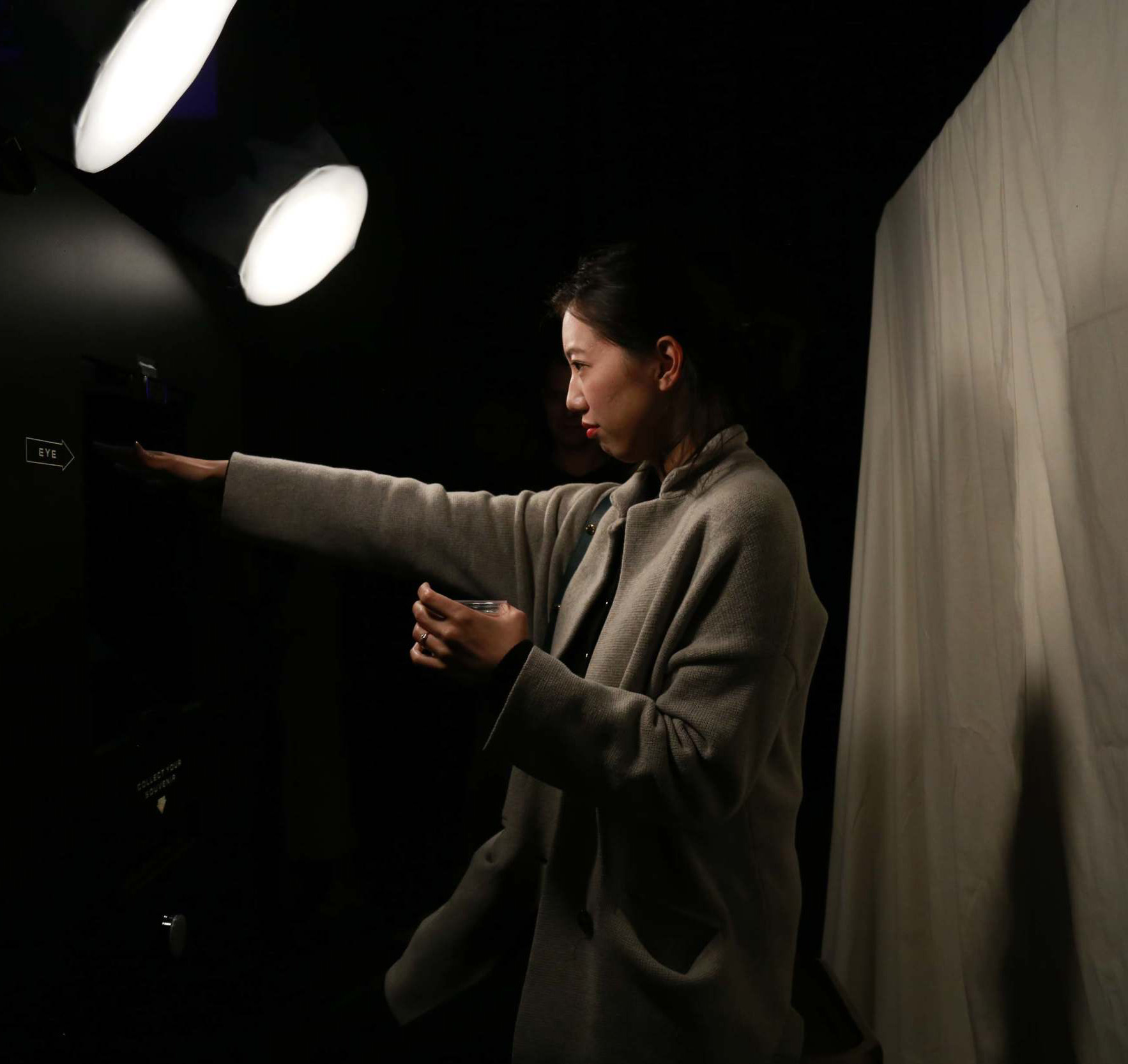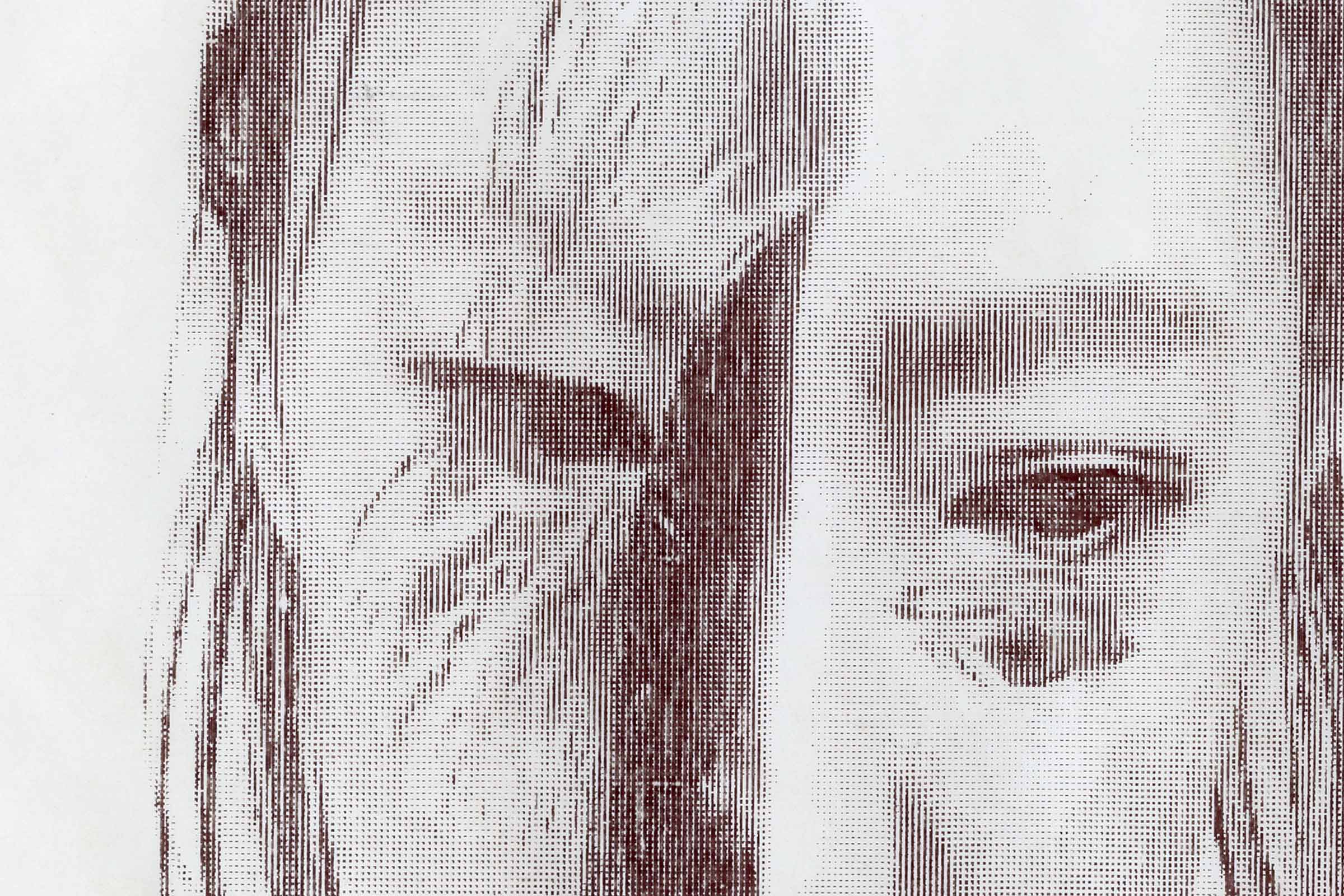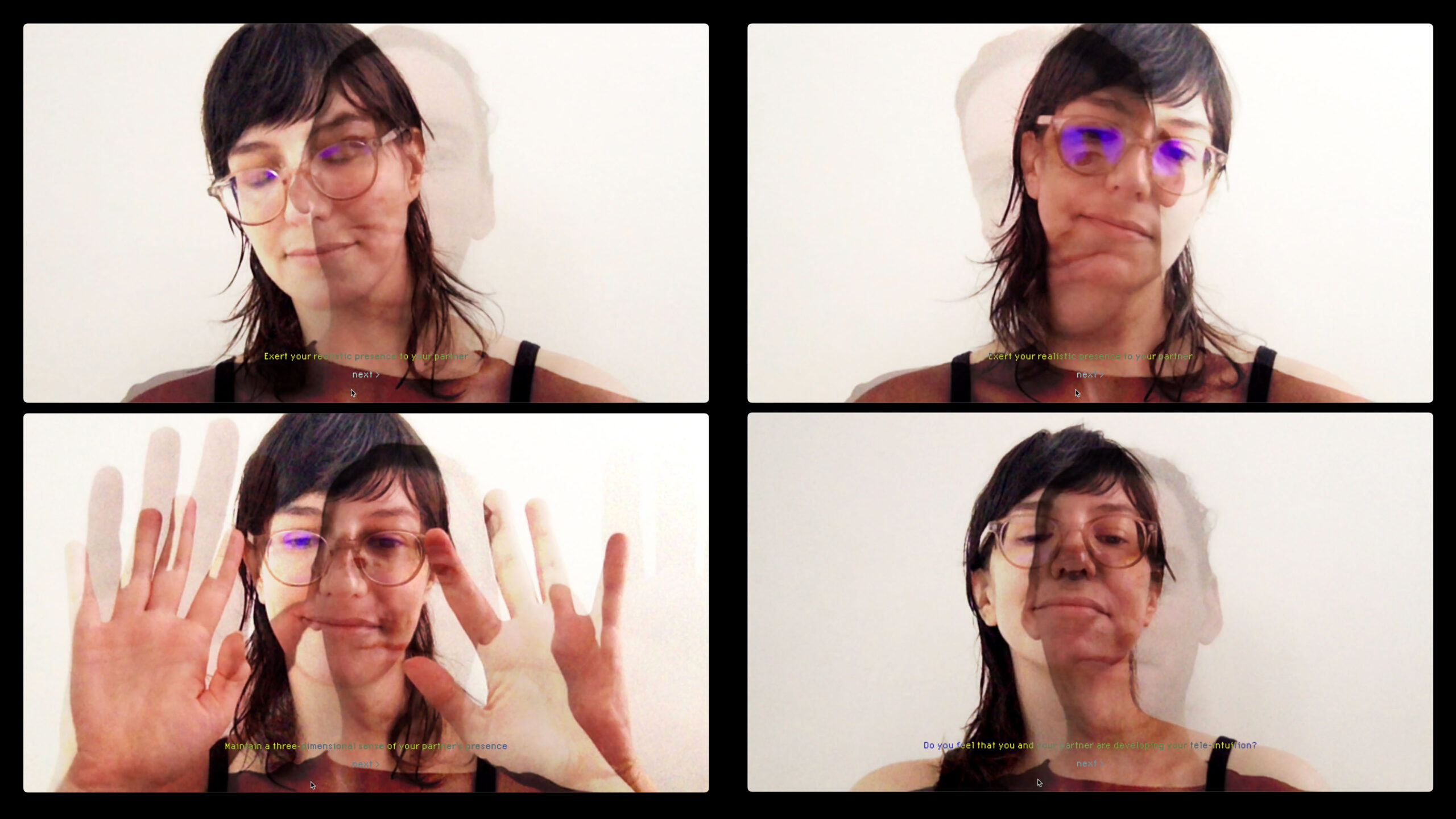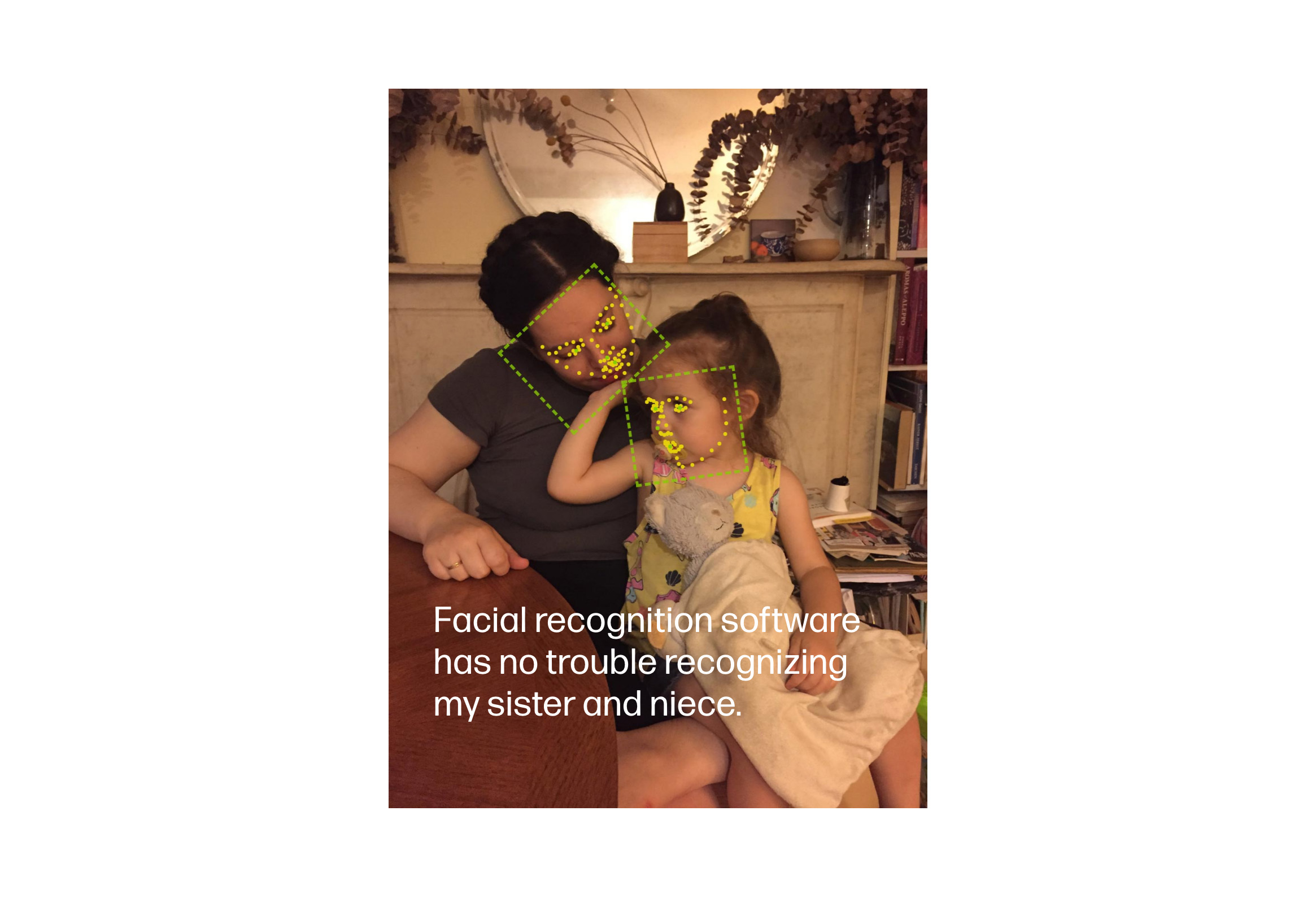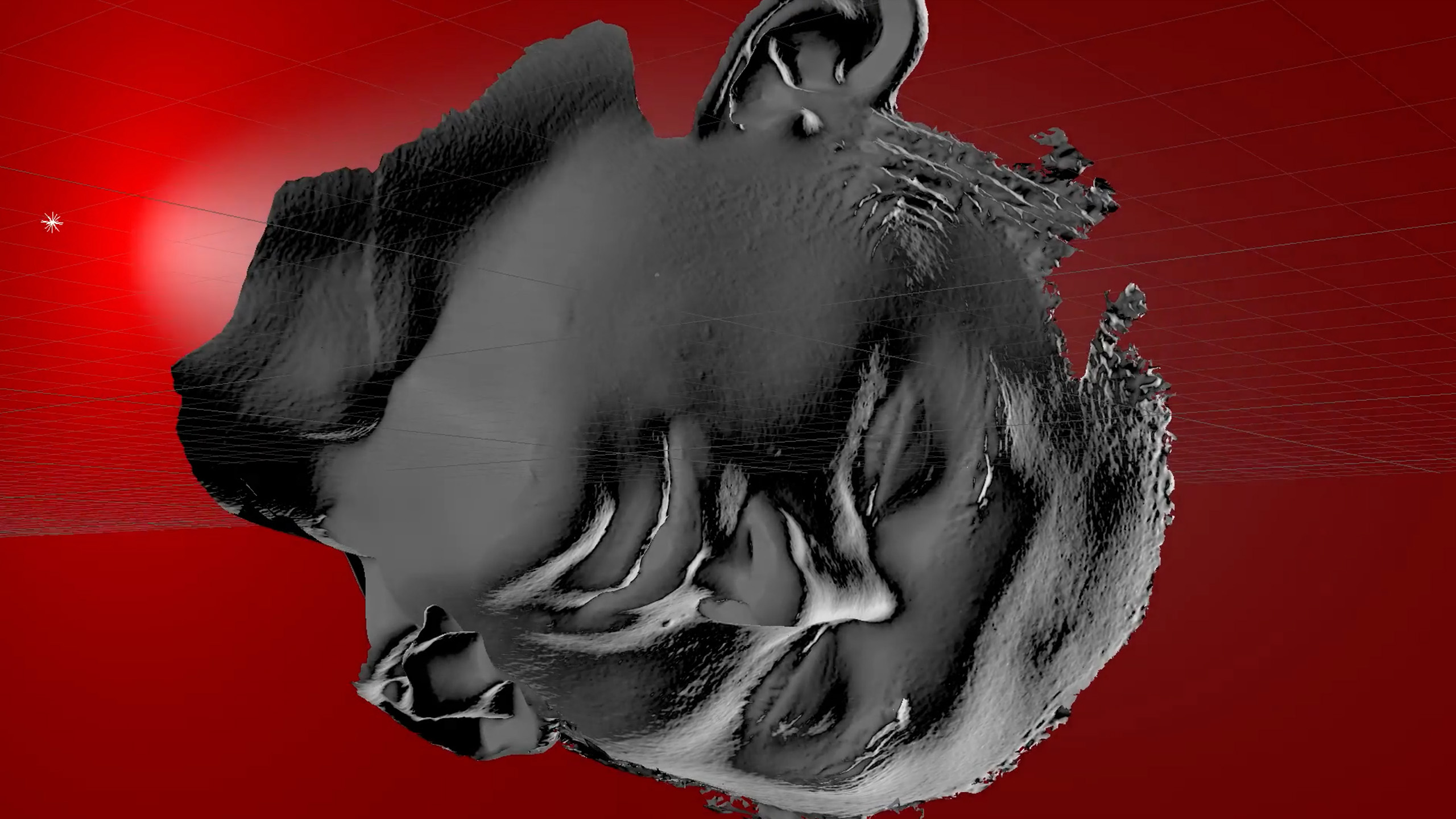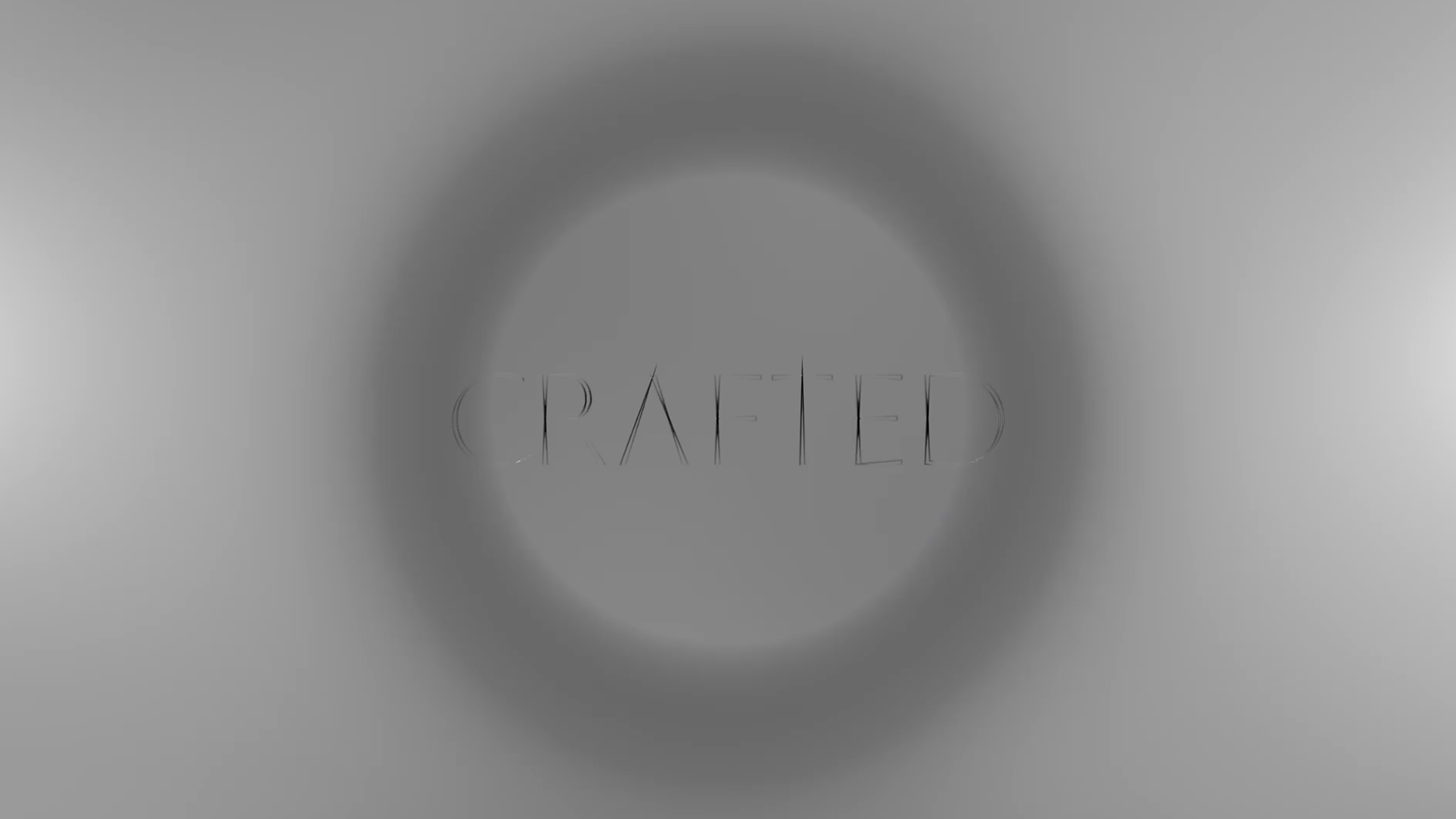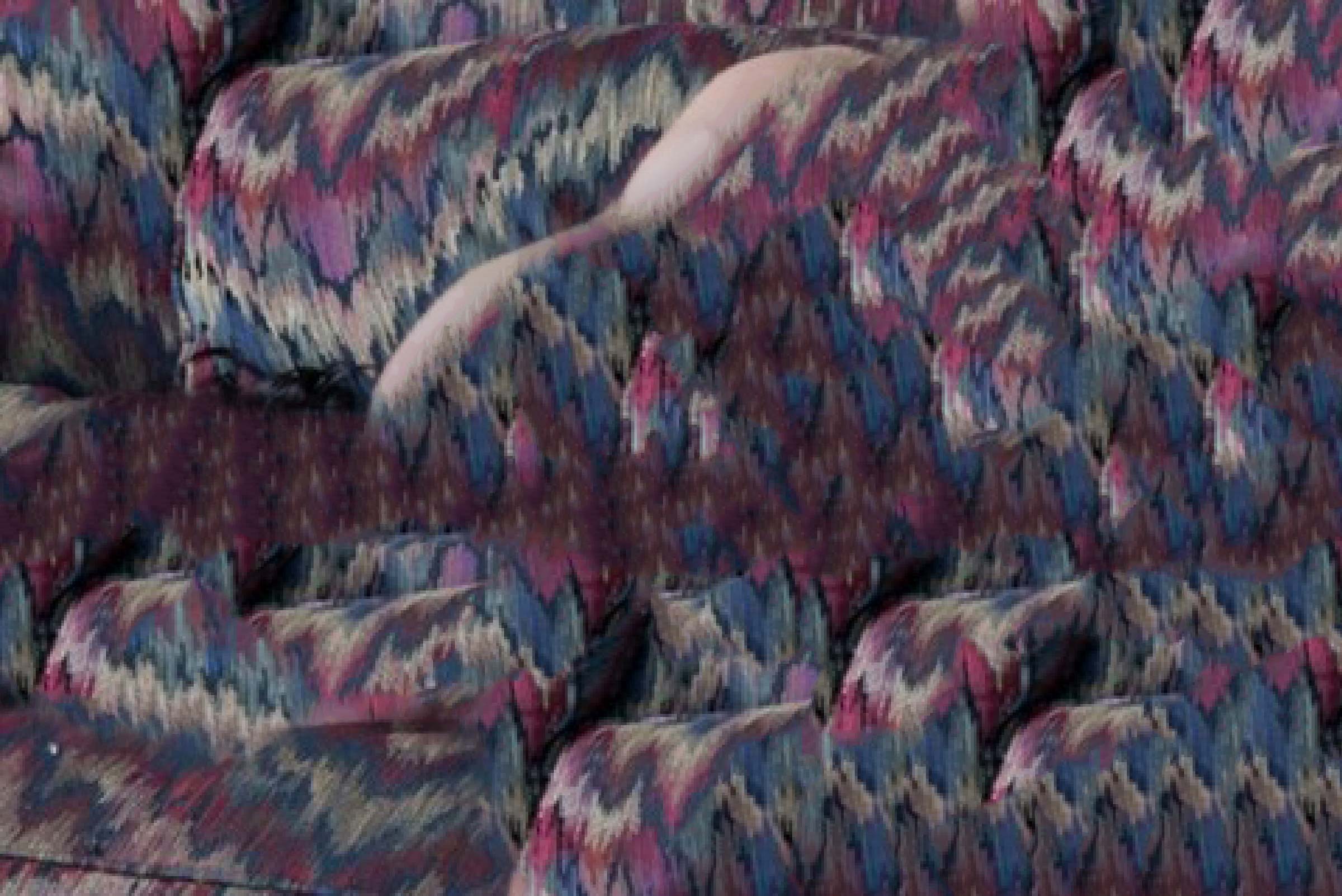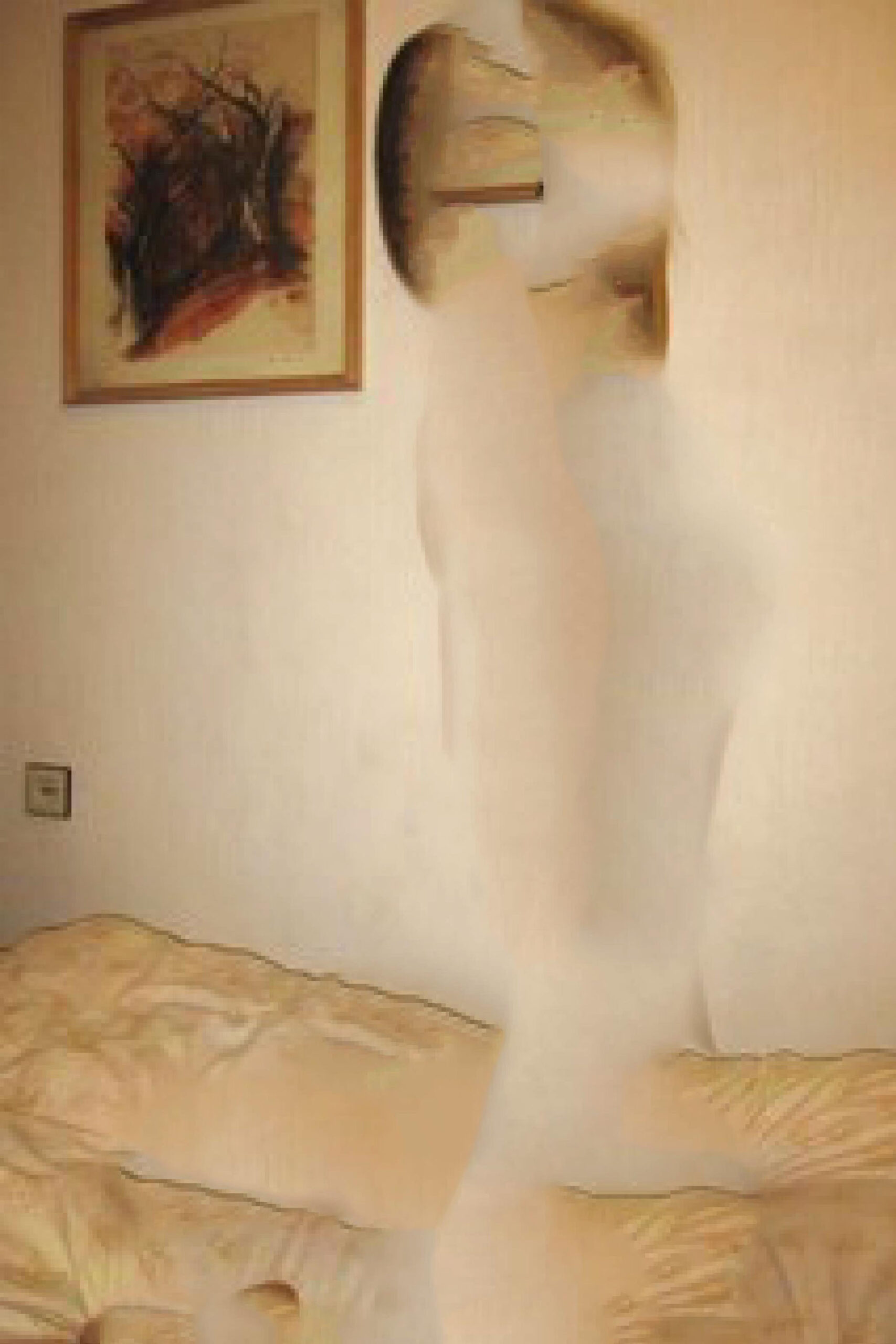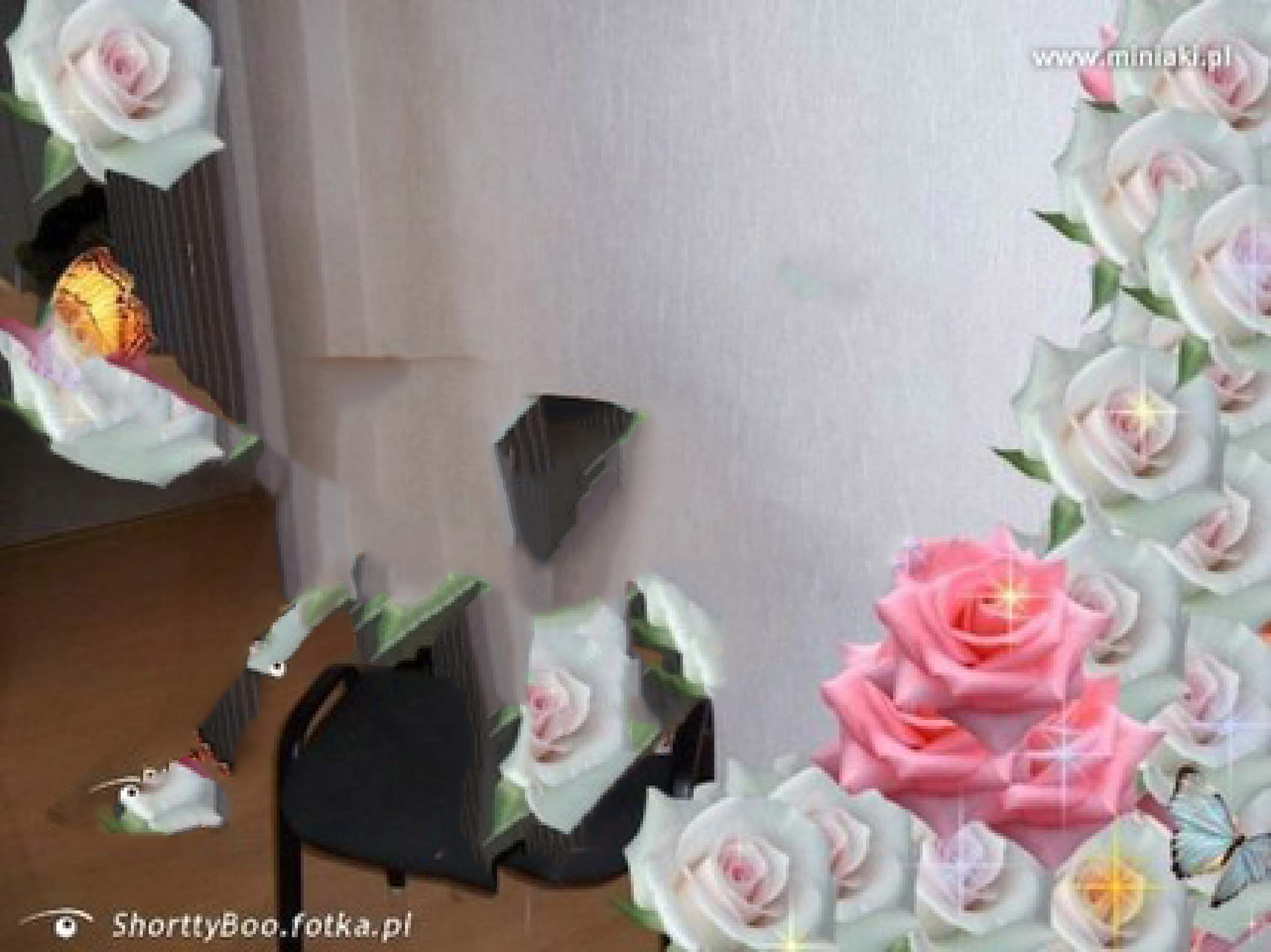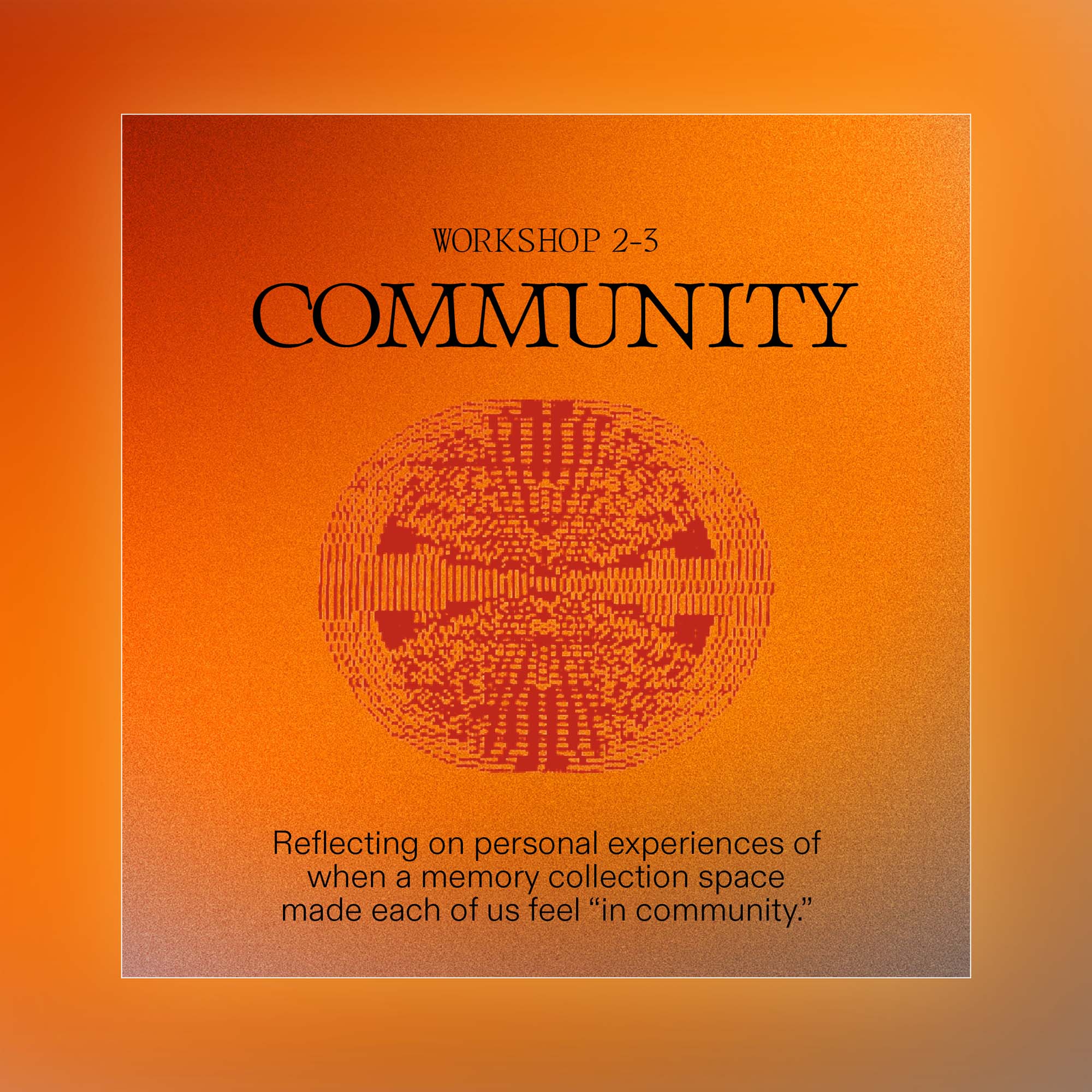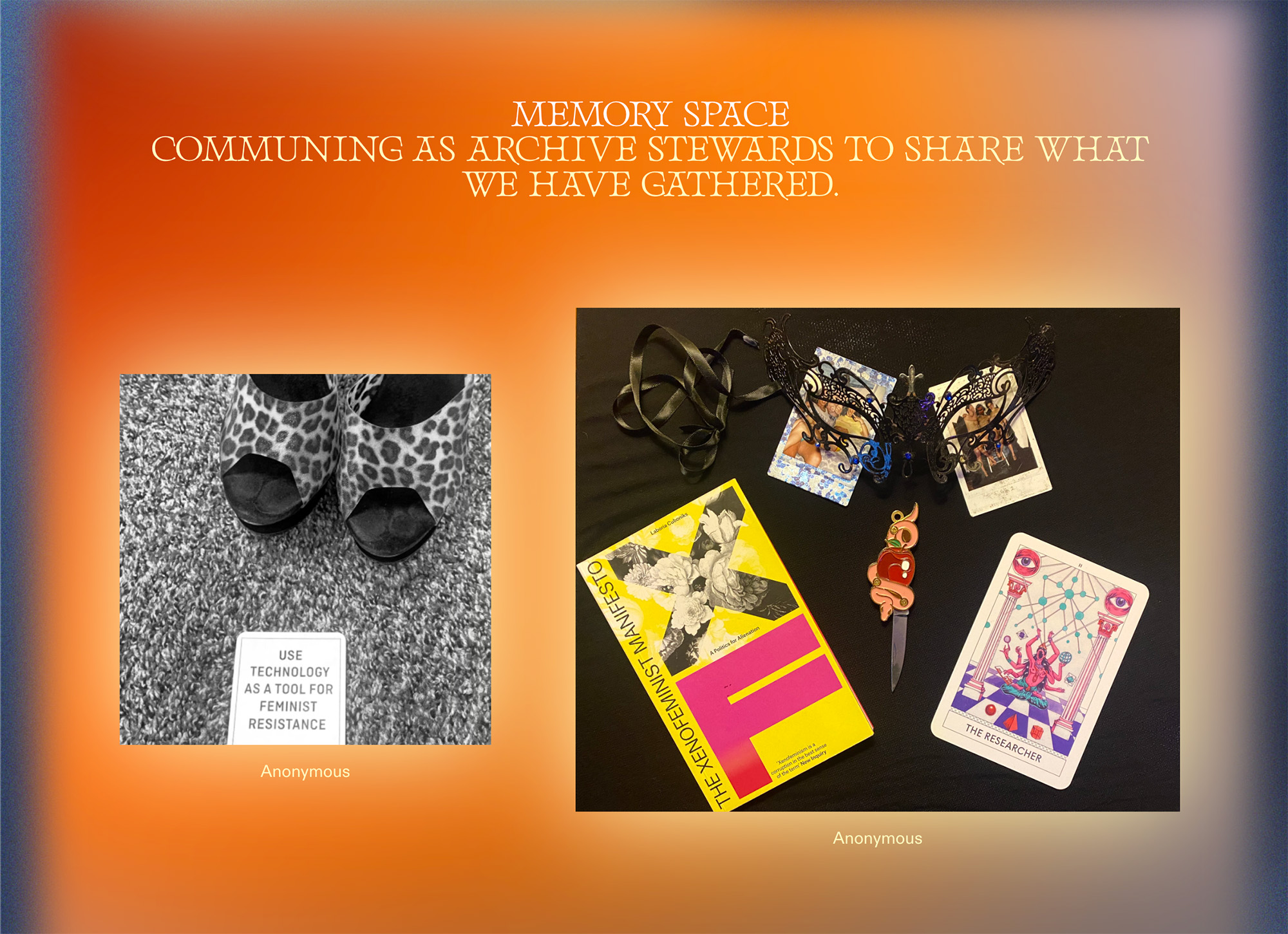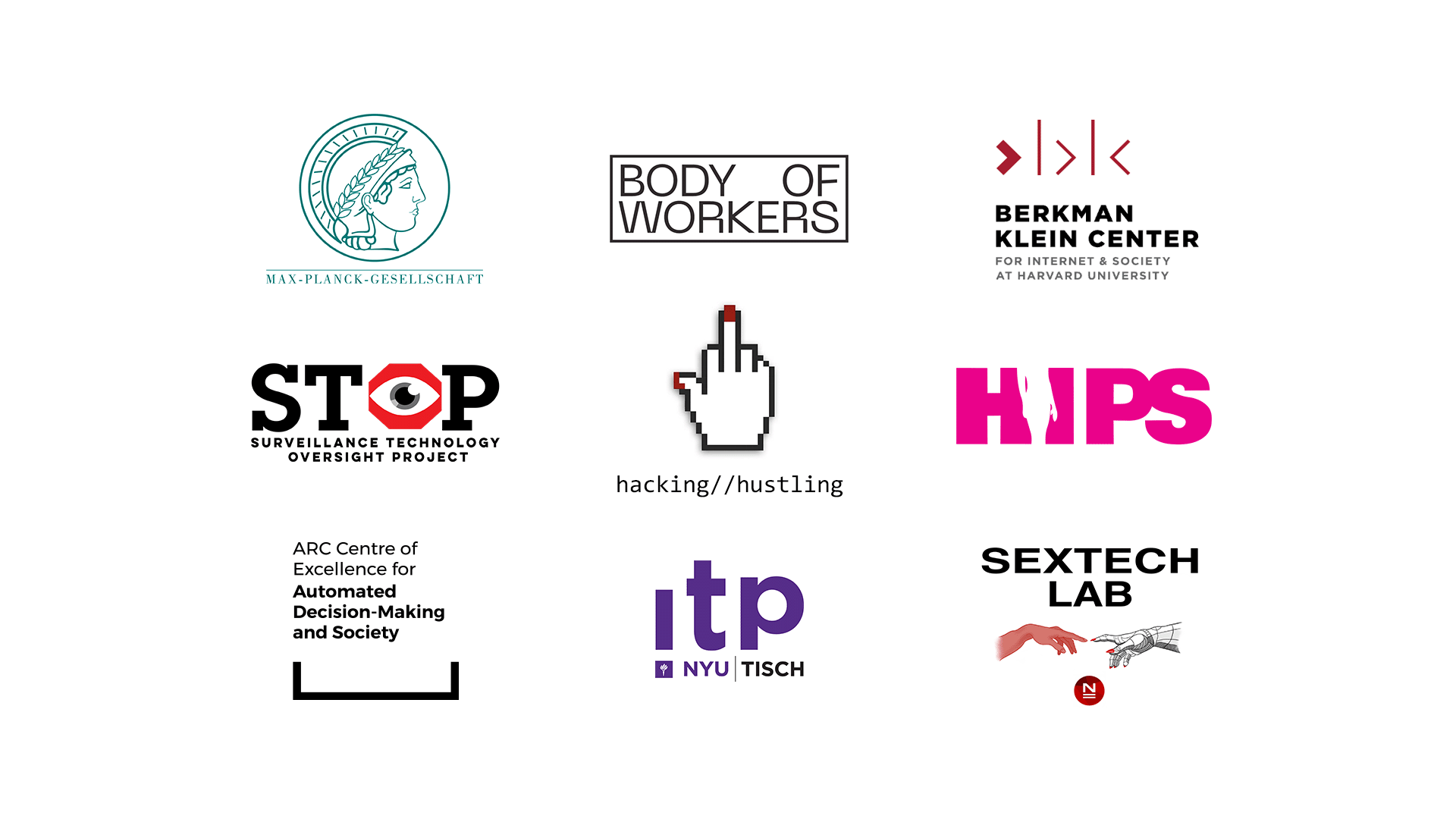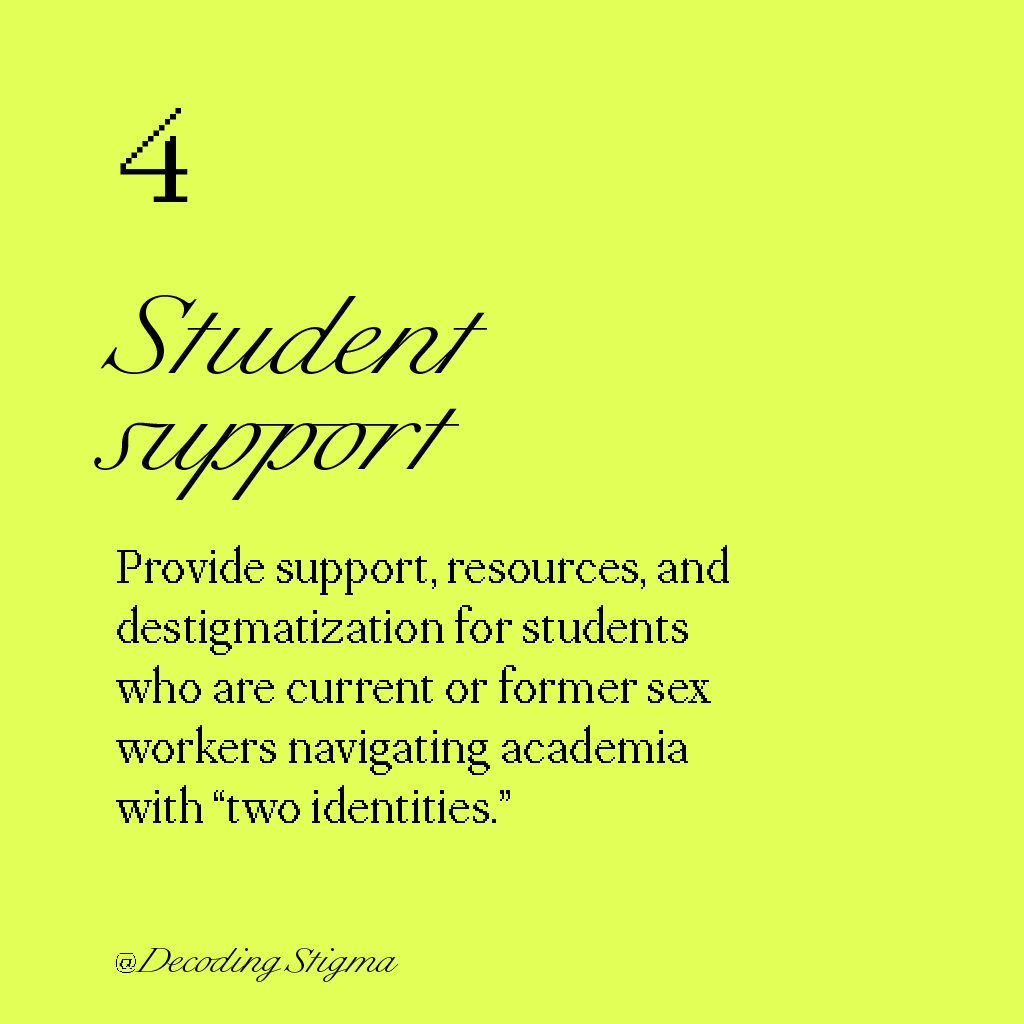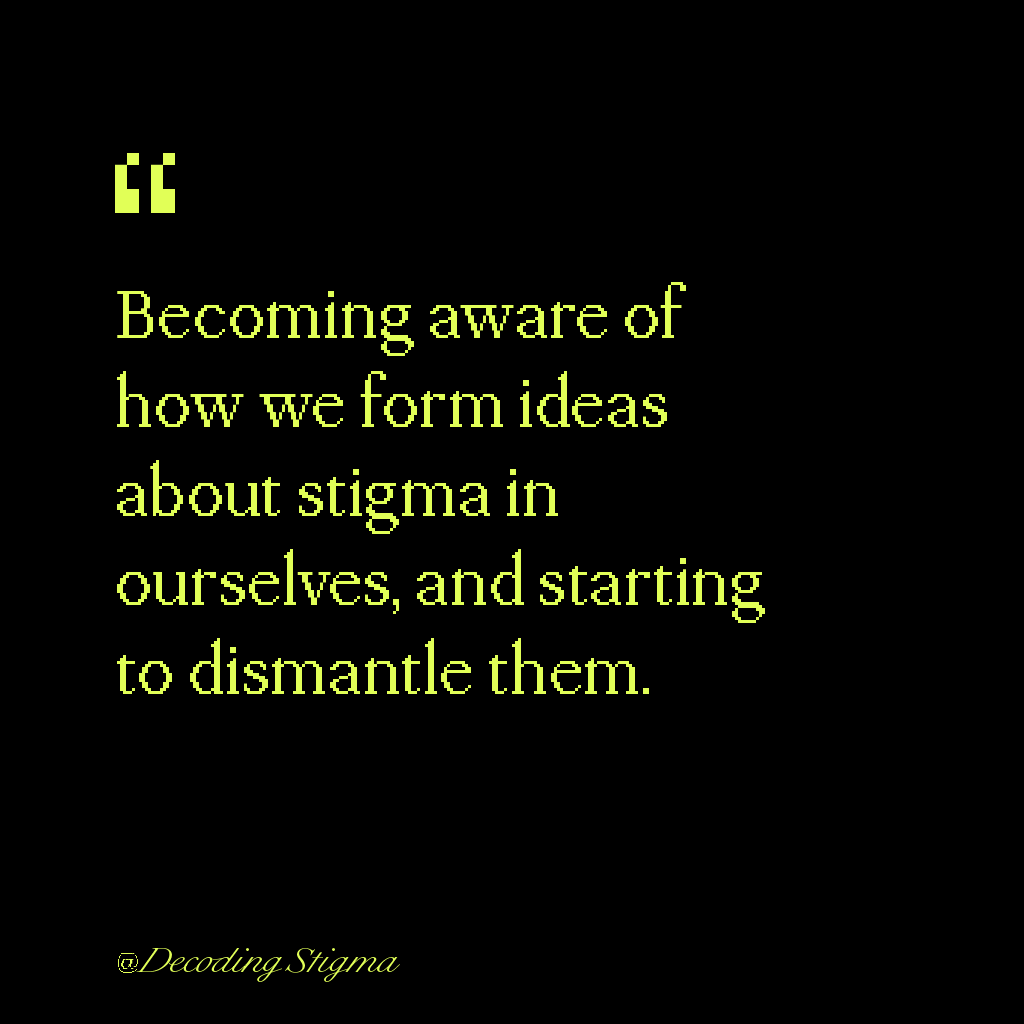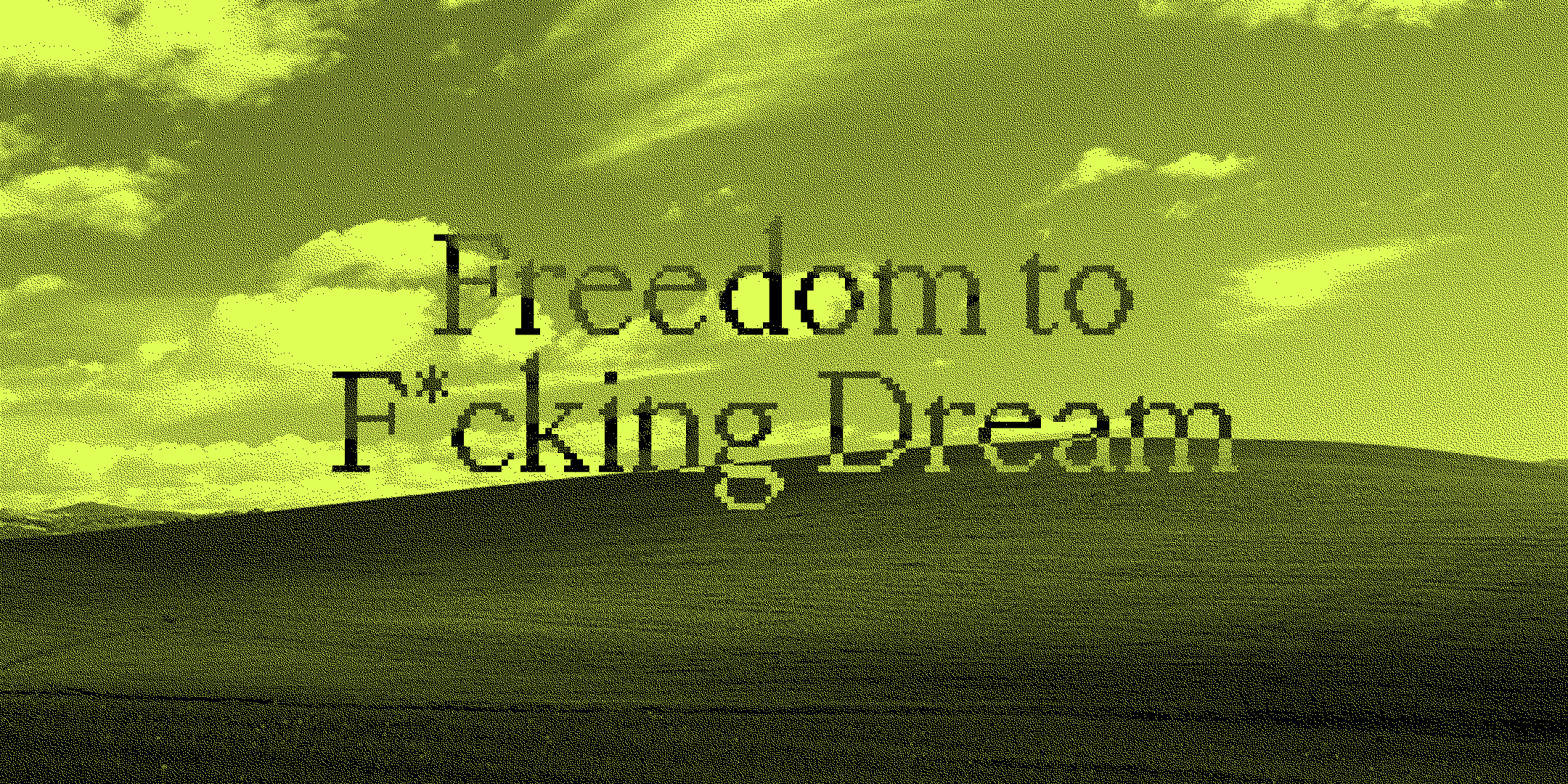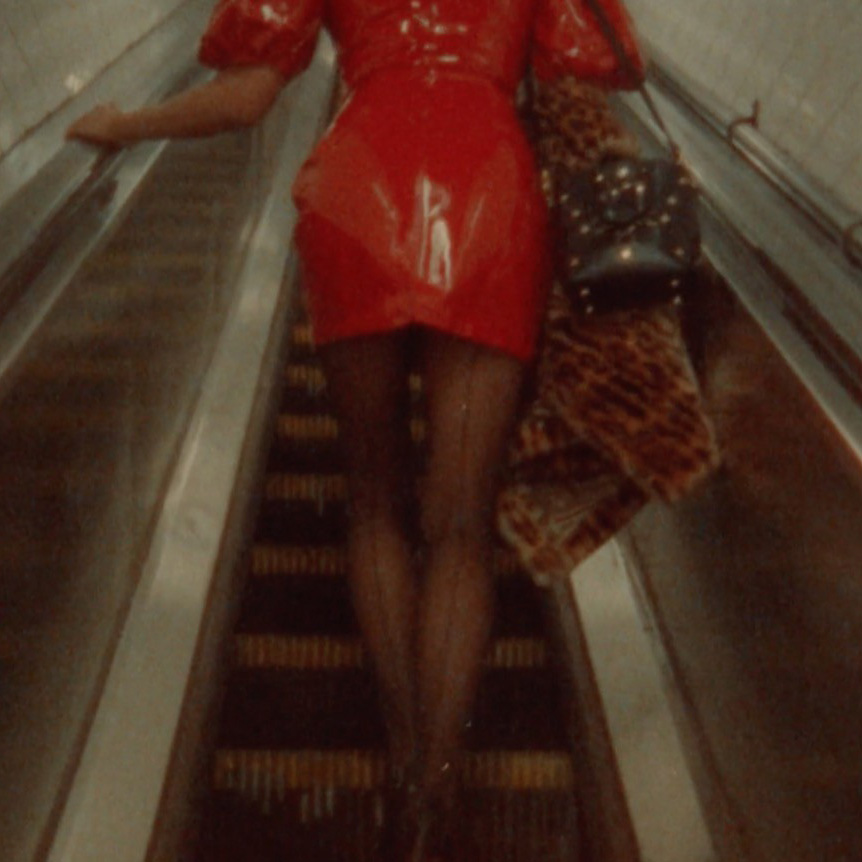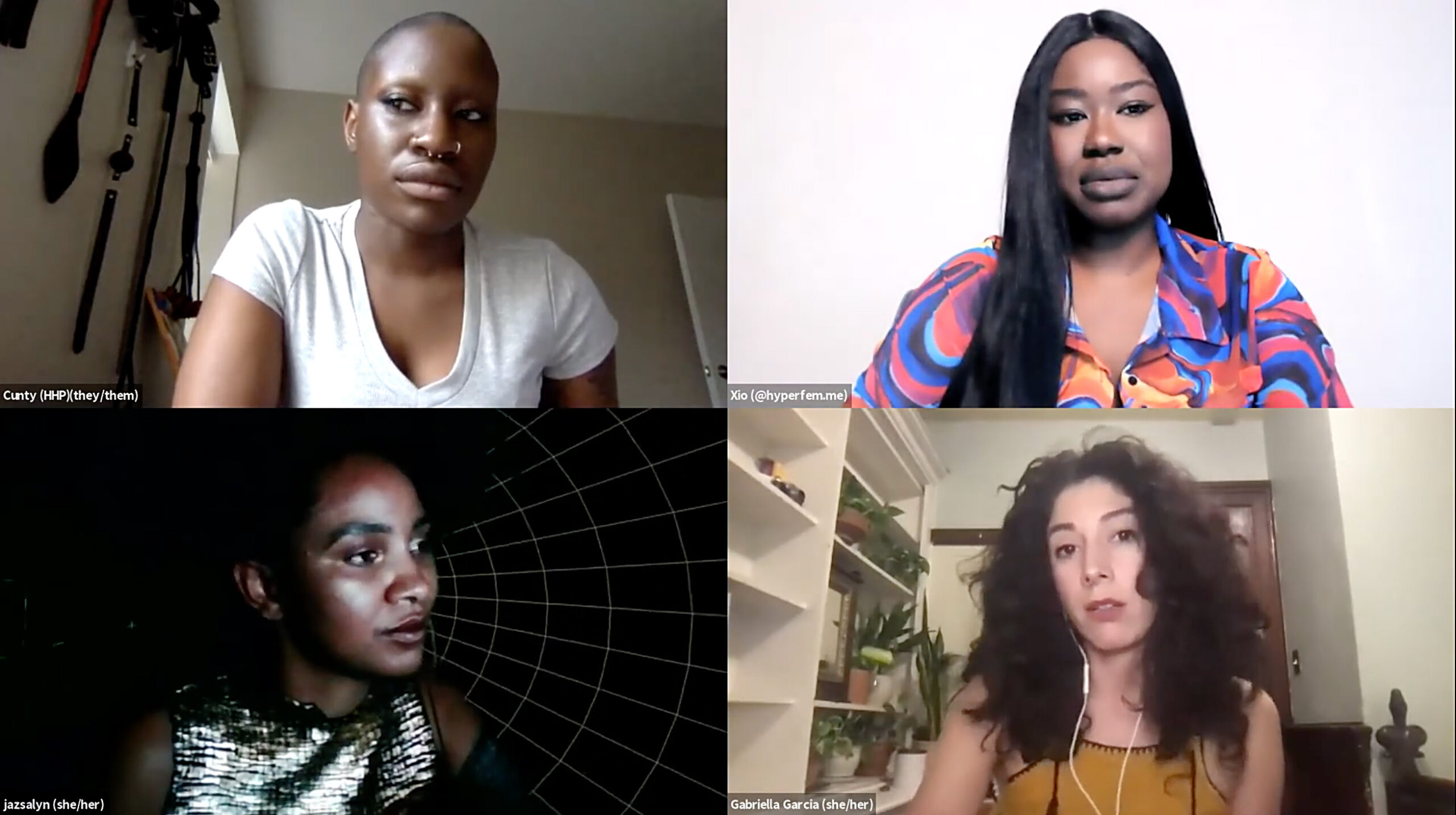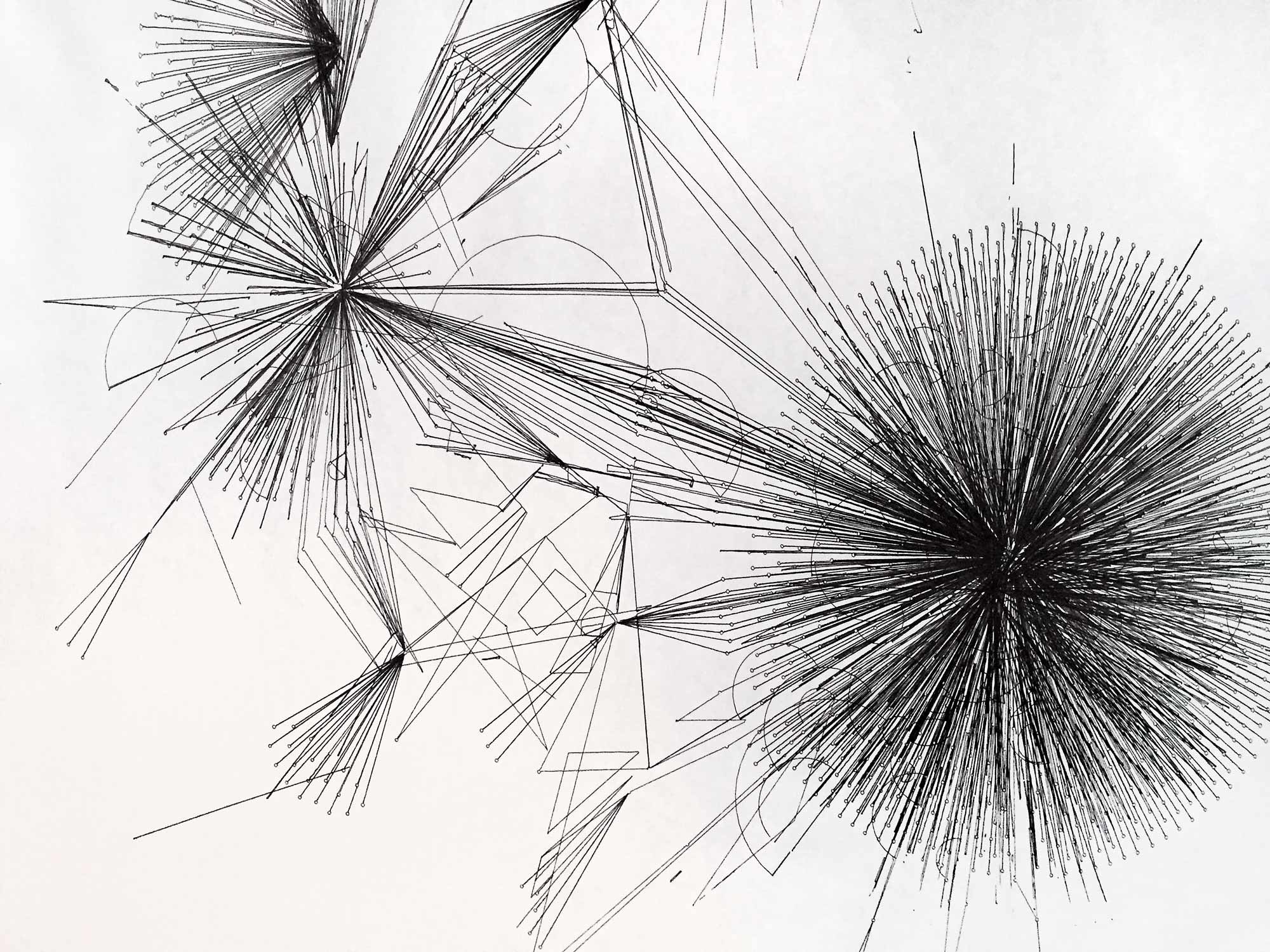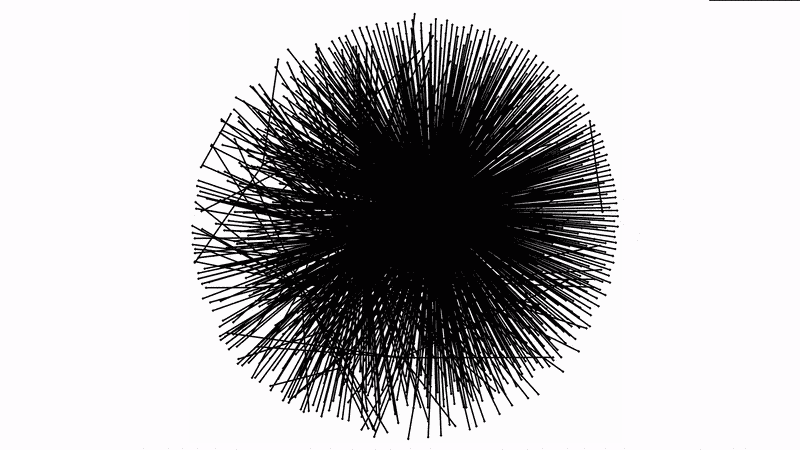Decoding Stigma
Art and activism collective
From 2020–2023 I was a co-founder and creative director of Decoding Stigma, a collective of people in the Venn diagram of sex work, technology, and research.
Decoding Stigma’s partner organizations.
In the summer of 2020, Gabriella Garcia and I started a collective.
We were both involved with the urgent, vital, sex worker-led activism and art that grew in the wake of 2018’s disastrous SESTA/FOSTA law. We were each the only advocates for sex workers rights in our respective technology-focused graduate programs, and we were tired of explaining ourselves. Inspired by Gabriella’s thesis, we dreamed of making a space where like-minded activists and researchers could meet to collaborate, organize, and simply exist, without the need to battle stigma and misconceptions.
Others felt the same way. With crucial support from Hacking//Hustling, Decoding Stigma brought together a diverse group working in and out of academia, across tech, art, design, law, public health, gender studies, anthropology, and clinical social work. What began as a series of weekly Zoom meetings solidified into an ongoing collaborative practice spanning publications, dreaming sessions, and community talks.
Publications
Bringing radical theory and praxis to accessible platforms.
Instagram publication #1
“What do we want? Dreaming of mutual aid at the intersection of sex work, tech, and academia.” Words by the Decoding Stigma collective.
Instagram publication #2
“What does ‘decoding stigma’ mean to you? A collective definition.” Words by the Decoding Stigma collective.
Substack publication #1
“The Cybernetic Sex Worker.” Words by Gabriella Garcia.
Collaborative dreaming sessions
We put so much energy into crisis response and survival. A series of workshops asked, what would it look like if we could redirect that energy toward liberation?
Freedom to F*cking Dream
Workshop with the Oracle for Transfeminist Technologies, led by Sasha Costanza-Chock and Joana Varon. Workshop created by Gabriella Garcia.
Image 1: Oracle for Transfeminist Technology illustration by Clara Juliano. Image 2: Sasha Costanza-Chock’s photo by Caydie McCumber.
Decoding Stigma 2021: What do we want NOW?
Internal dreaming session. Words by the Decoding Stigma collective.
Browser Histories: Process as Prototype
Documentation of the Browser Histories workshop series. Workshops created with Lena Chen / OnlyBans. Words by Gabriella Garcia.
Community talks
Redistributing institutional resources and promoting projects spearheaded by other sex worker collectives.
Design & Technology, Parsons School of Design, May 5, 2022.
Image 1: Flyer design by Tricia Ilena and Anna van Nieuwland. Image 2: Still from Nightwalker (2022). Copyright Ayanna Dozier.
Cloud Salon: Lena Chen & Maggie Oates, OnlyBans
Design & Technology, Parsons School of Design, October 5, 2022.
Image 2: Installation view of OnlyBans. Copyright Lena Chen / OnlyBans.
Design & Technology, Parsons School of Design, November 2, 2022.
Image 2: Screenshot from E-viction, 2020. Copyright Veil Machine.
As Decoding Stigma’s creative director, I set out to challenge and subvert prevailing media depictions of sex work and gendered labor. In response to heavily stigmatized and stereotyped representations — and in close conversation with Gabriella’s potent theoretical writing — I plumbed dark corners of the Internet Archive to build a vocabulary of playful, defiant imagery highlighting the deep connections between erotic labor and technology.
See Decoding Stigma’s Substack ↗
Credits
Gabriella Garcia is Decoding Stigma’s co-founder and director.
Many thanks to our community of advisors, collaborators, and comrades: Kendra Albert, Danielle Blunt, Melanie Crean, Chibundo Egwuatu, Panteá Farvid, Hacking//Hustling, Vaughn Hamilton, HIPS, Tina Horn, Lorelei Lee, Sinnamon Love, Red Schulte, Monica Sheets, Red Canary Song, Support Ho(s)e, Zahra Stardust, Yin Q, and many, many others.
Press
Zahra Stardust, “What can tech learn from sex workers? Sexual Ethics, Tech Design & Decoding Stigma,” Berkman Klein Center for Internet & Society, December 15, 2022.
Mikayla Knight, #SeggsEd: Sex, Safety, and Censorship on TikTok, [Master’s thesis, San Diego State University] 2022.
Selected events
Gray Area Festival, “Coded Portraits: Policing Images from the 1500s to Today,” October 2, 2022.
“Sex Workers Built the Internet,” presented by The New School for Social Research, April 20, 2022. Hosted by Decoding Stigma and Hacking//Hustling, sponsored by the SexTech Lab (SPE), and funded by the NSSR Dean’s Office.
Informal, Criminalized, Precarious: Sex Workers Organizing Against Barriers, “Decoding Stigma: Designing for Sex Worker Liberatory Futures,” Berkman Klein Center for Internet and Society, April 8, 2021.









